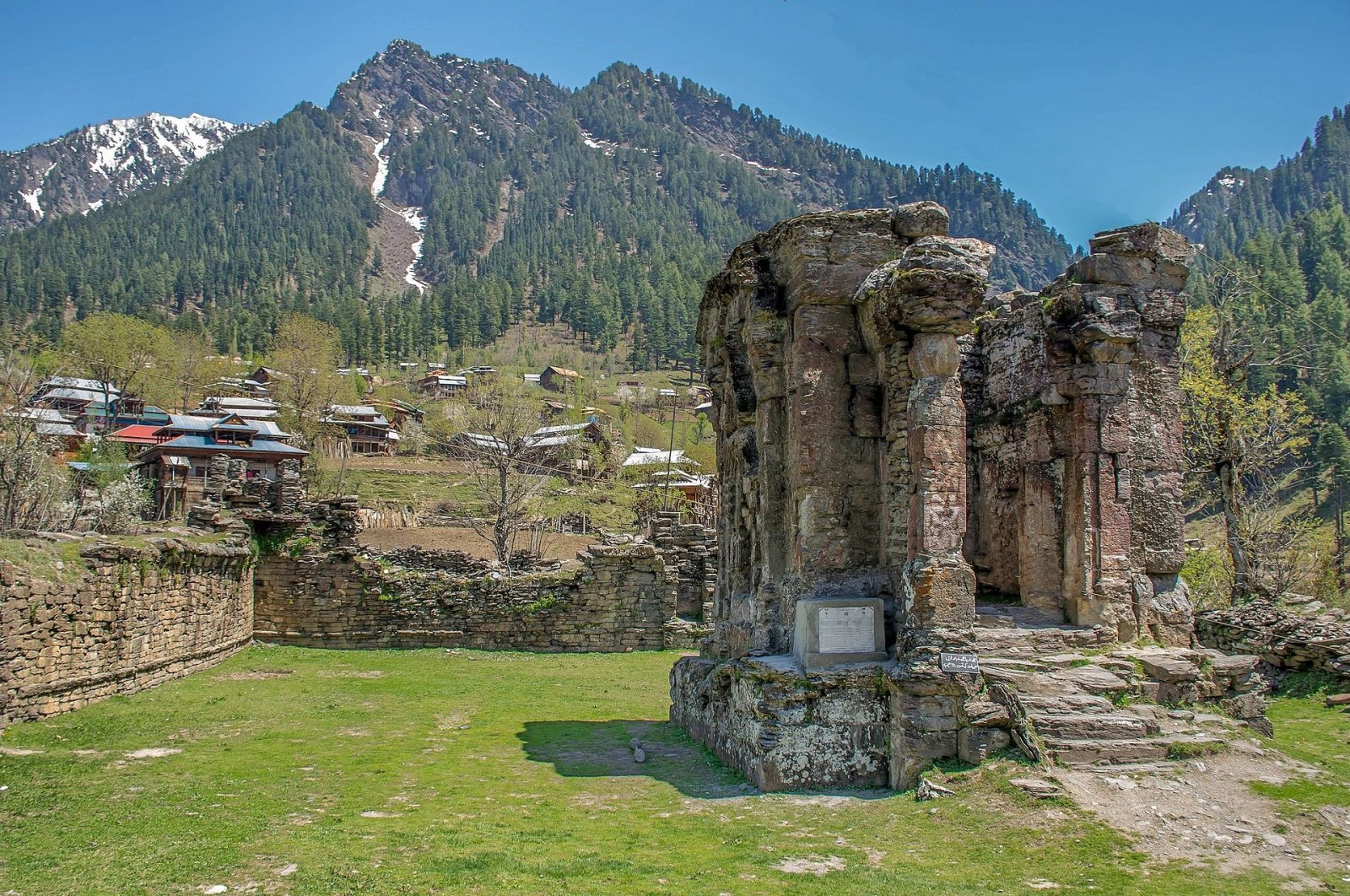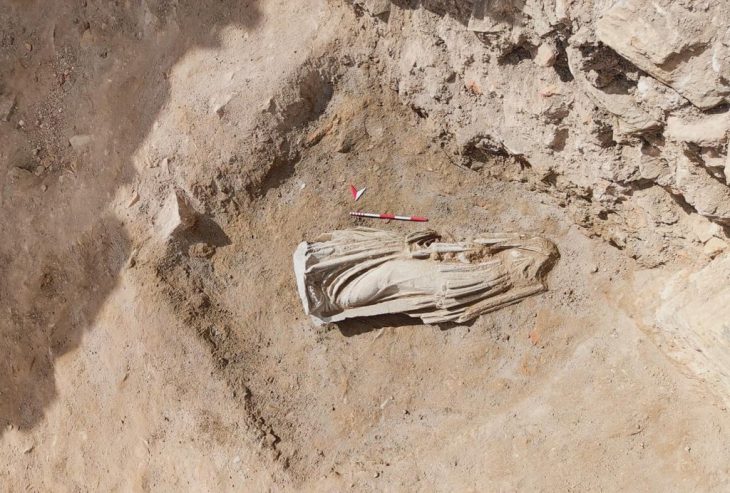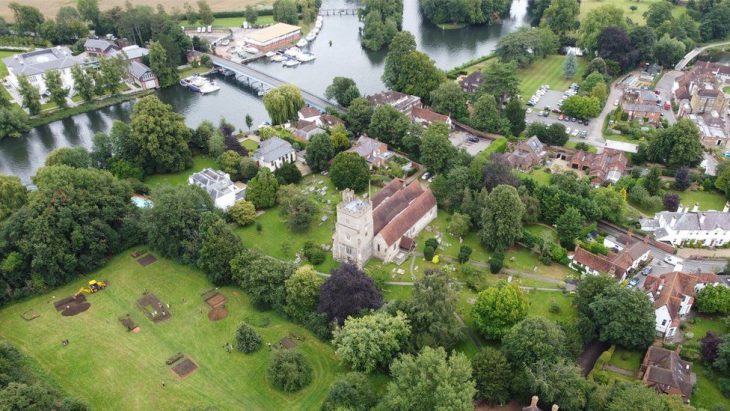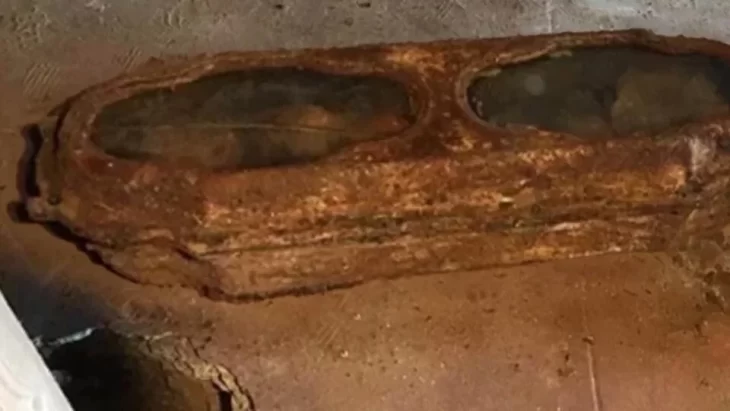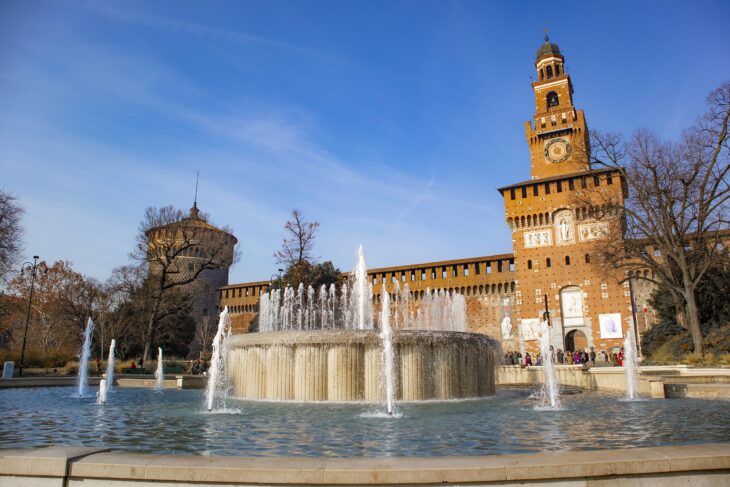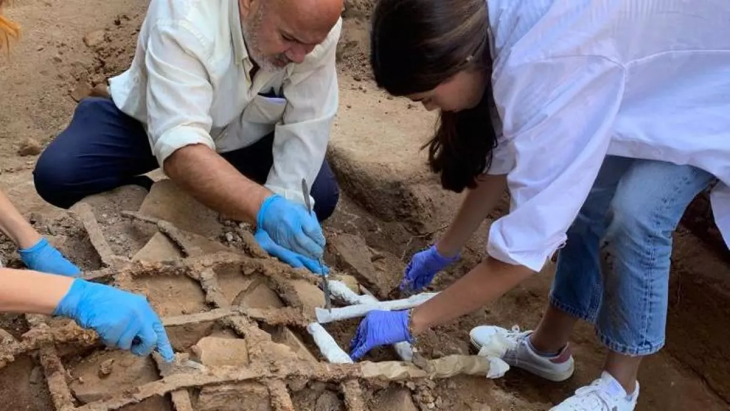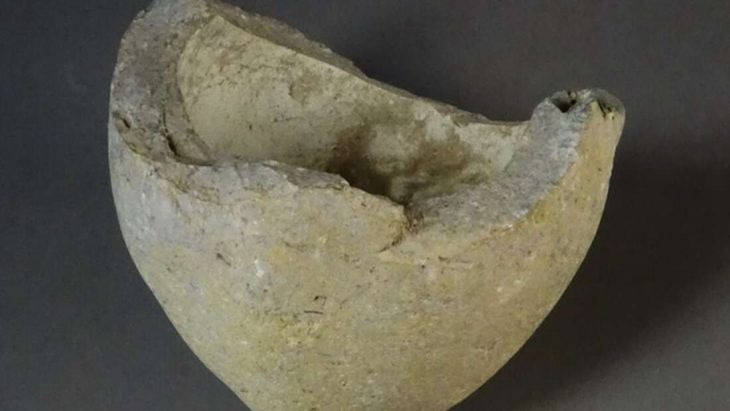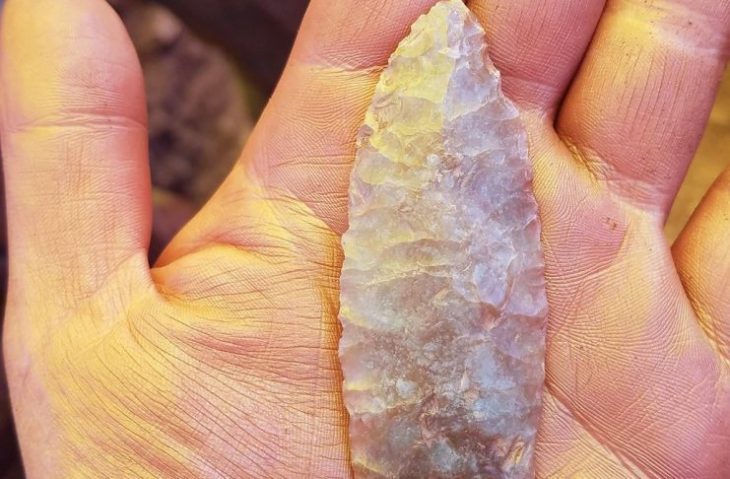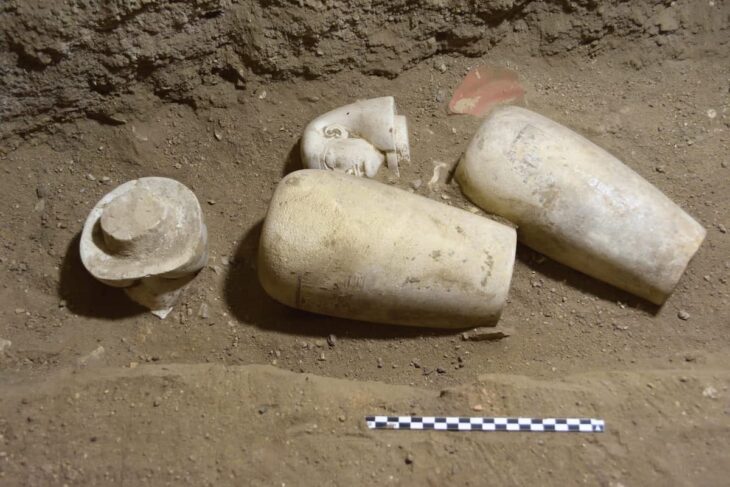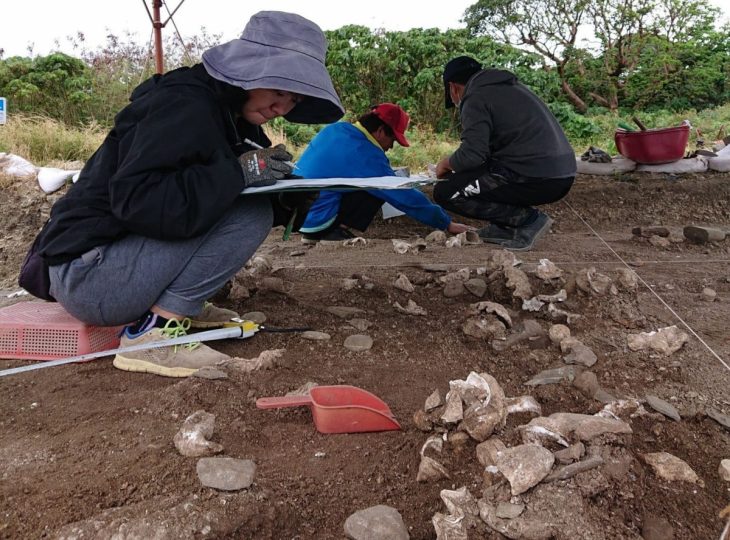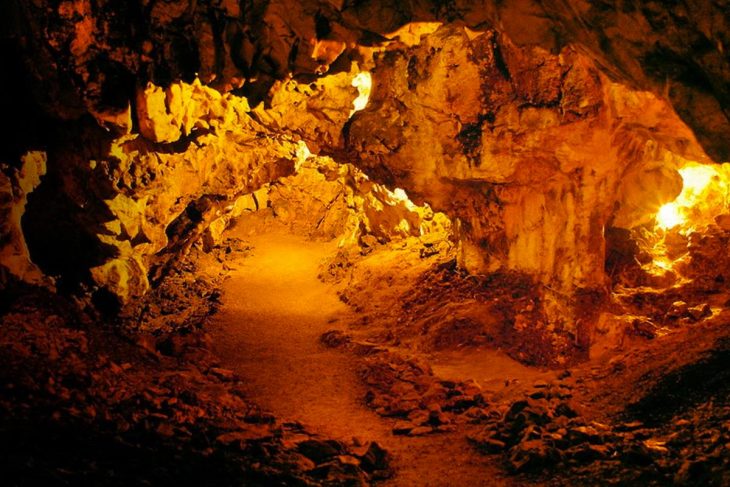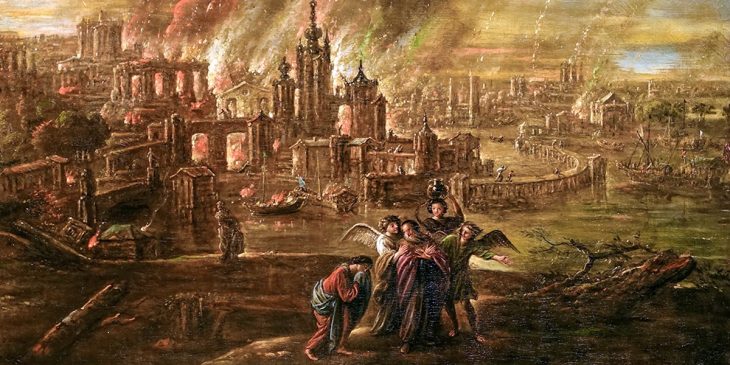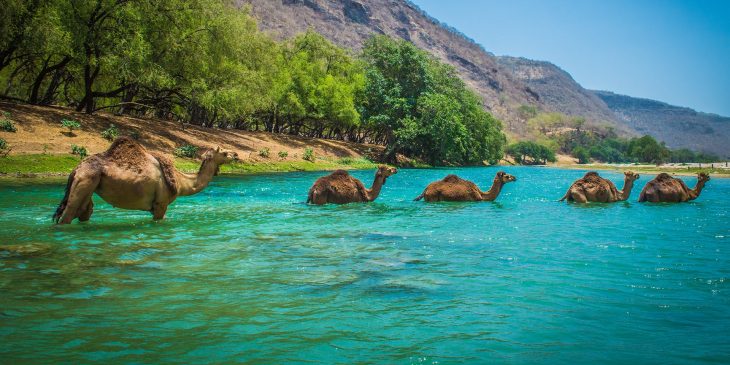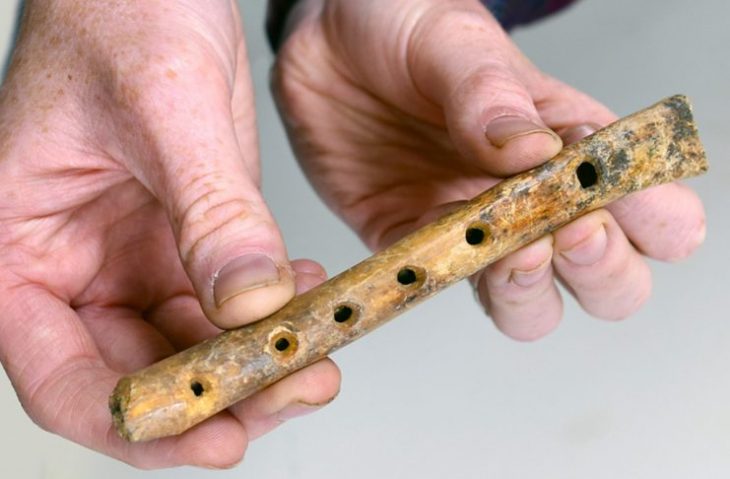Sharda Peeth, a historic learning institution located 200 kilometers (124 miles) from Muzaffarabad, the capital and largest city of Pakistan-administered Jammu and Kashmir – also known as Azad Kashmir –is an ancient learning center considered among the most prominent temple universities in the world.
The stone slab stairs, which are precariously uneven and difficult to climb, lead to a vast courtyard on the edge of the majestic Narda mountain, which once housed a university and a rich library, similar to Taxila near Pakistan’s capital of Islamabad and Nalanda in India’s northeastern state of Bihar.
A roofless structure lies in the midst of the courtyard, a stone’s throw from the Line of Control (LoC) — the world’s most hazardous and militarized border – virtually wrecked today by the ravages of time. This stone structure used to be the house of worship revered by Buddhists, Jains, and Hindus.
Until the 11th century, historians say that over 50,000 pilgrims visited the location on the left bank of the roaring Neelam River. On the southern side of the temple, the renowned Madhumati River, also known as Sharda or Khutchal River, flows. Pilgrims used to bathe in the “holy” water of the Madhumati River before entering the temple in ancient times.
Before it was turned into a Hindu temple, the location was fundamentally revered by the Buddhists as a center of study, according to Rukhsana Khan, head of the fine arts department at Azad Jammu and Kashmir University Muzaffarabad. The 13th and 14th century Muslim Kings of Kashmir would also visit and show respect to the site, she added.
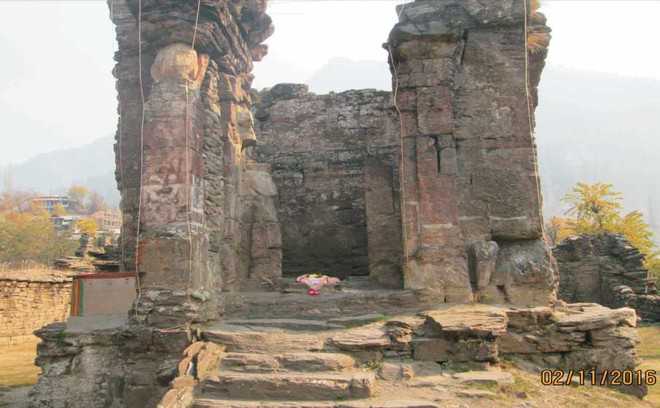
Restored in the 19th century
According to Khawaja Abdul Ghani, a local historian and author, the place of worship was restored in the nineteenth century under the reign of Hindu Dogra kings of undivided Jammu and Kashmir.
He said that floodwaters had swept away the structure’s southern walls a century ago and that it had not been rebuilt since.
“In a lukewarm attempt, a mud fence was built on the wall site during the Dogra era, but it collapsed soon,” he said.
The site is guarded by a Pakistani army unit stationed nearby. According to Ghani, this has aided in the preservation of the architectural treasure’s vestiges. The main building features a 9-foot-wide stairway with 63 steep stone steps on either side, as well as enormous side railings that are also in ruins.
According to historical sources, Hsuan Tsang, a Chinese pilgrim-traveler, visited the site in the fourth century and discovered it to be a flourishing center of education. This renowned institution is believed to have been visited by Hindu seer Adi Sankaracharya, who set out in the eighth century to argue with Buddhists in order to resurrect Hinduism.
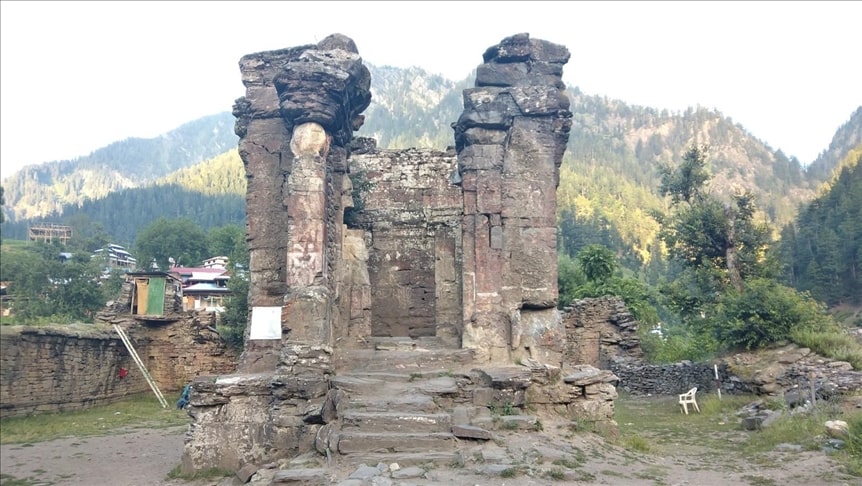
Ghani told Anadolu Agency (AA) that the structure was basically a temple of worship revered by adherents of three religions. He wrote the Urdu-language book “Sharda Evolution of History.” However, he denies that the facility was a full-fledged university.
“It had never been a university or learning place for the common people. Only selected students from the then-elite would come here to learn about philosophy, science, and religion,” he said.
During the salvage excavation around the main building, excavators discovered rich and sophisticated jewelry, tools, and items from the prehistoric and bronze ages.
It is believed that the stone slabs used in the construction of the temple had been brought from Narda peak. “The carved stone slabs used in the construction of the temple are not found in and around Sharda. These kinds of stones are found near Saraswati Lake,” she added.
According to Ghani, the Sharda has been a crossroads of civilizations. It has hosted civilizations such as the Hun and the Aryan. However, he added that additional study is needed to back up this idea in the past.
“If this site (Sharda temple) is restored and conserved, it will attract thousands of Hindus and Buddhists from occupied Kashmir (Indian-administered Kashmir) and the rest of the world,” he said.

